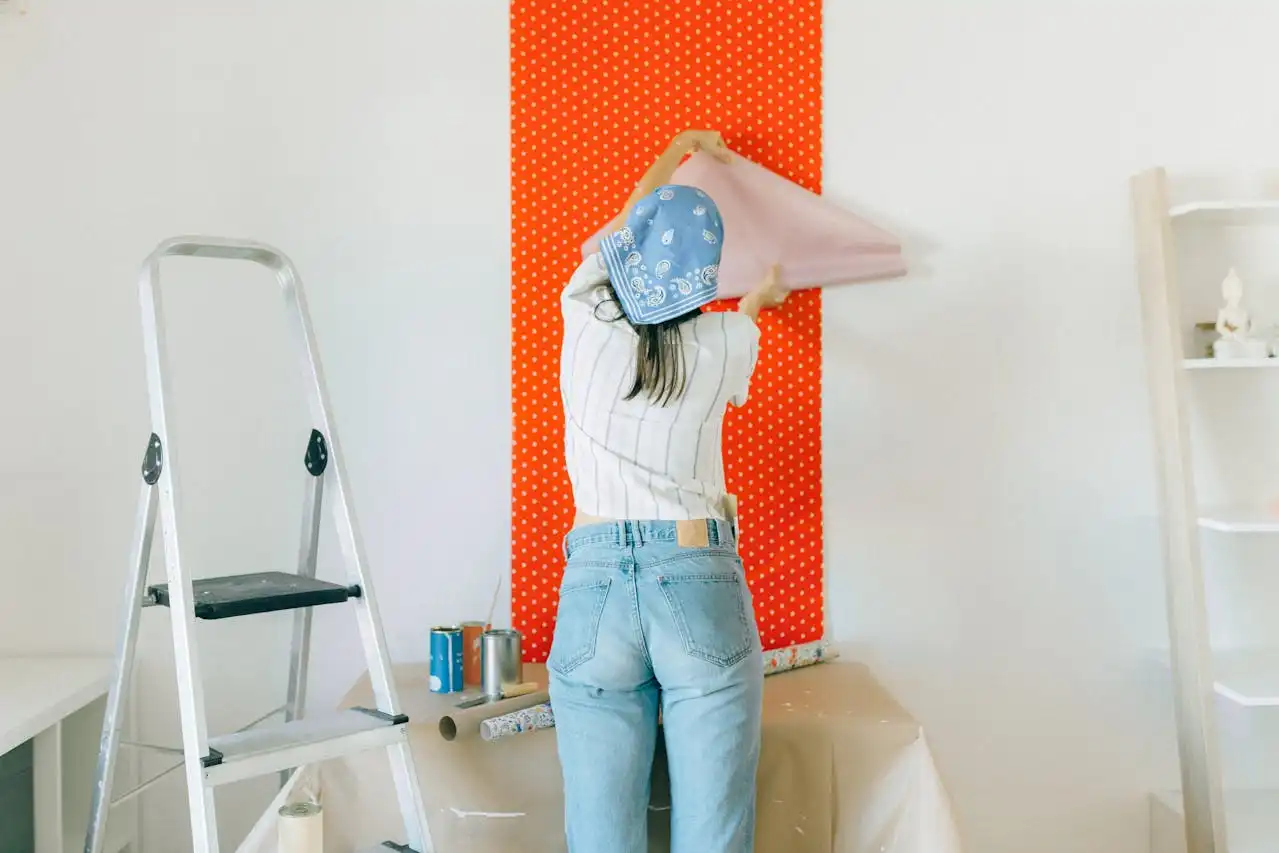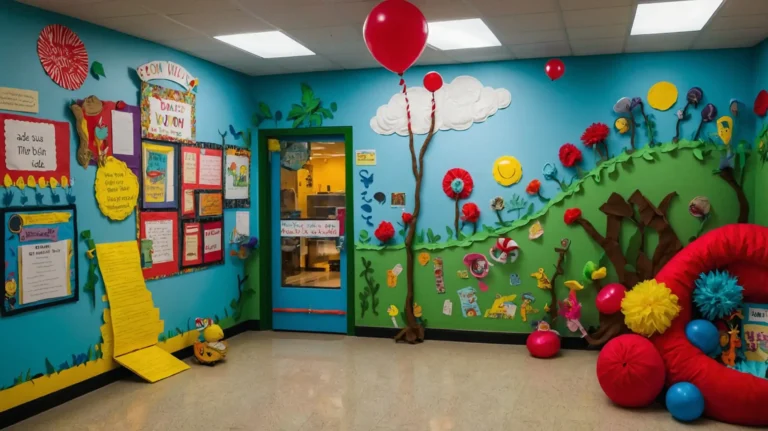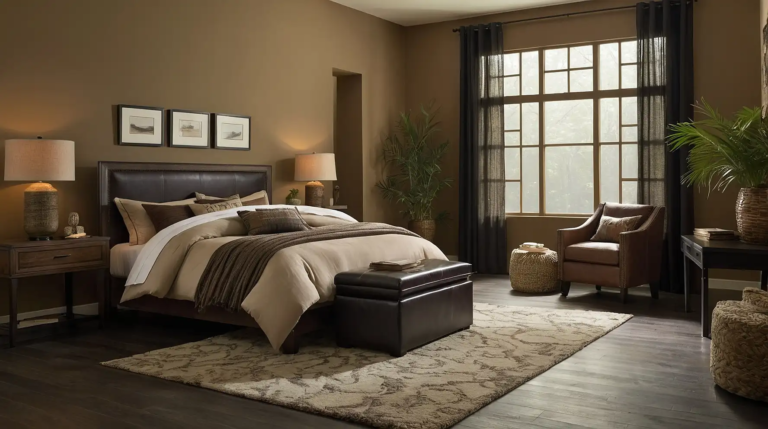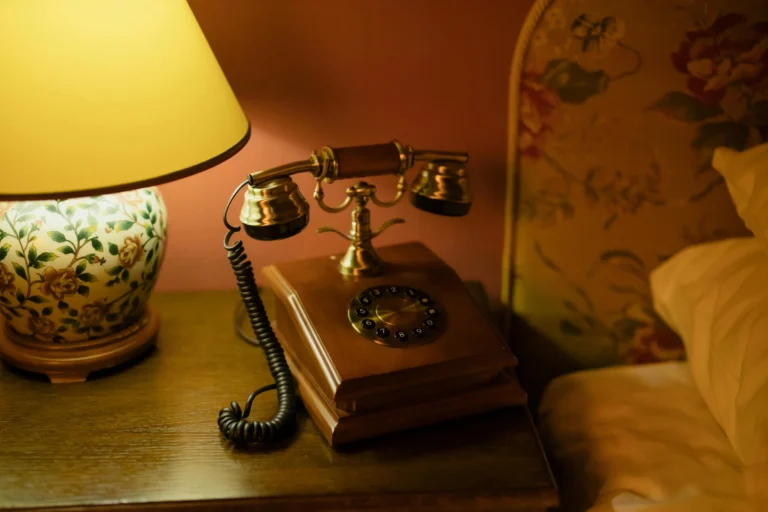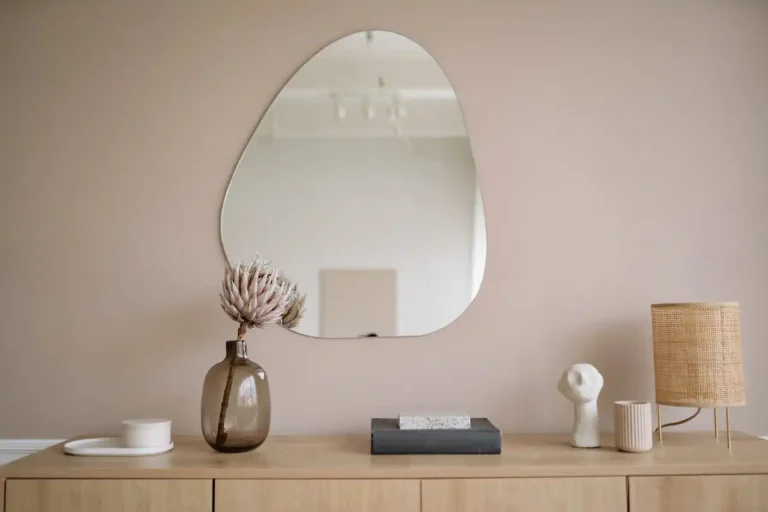DIY Room Décor Ideas That Look High-End (But Aren’t!)
You don’t need a designer budget to achieve luxury looks in your home.
With basic crafting skills and clever techniques, you can create stunning décor pieces that rival expensive boutique finds.
These DIY projects use affordable materials and simple methods to deliver sophisticated results that will have guests asking where you found such beautiful pieces.
Master the Art of Faux Finishes
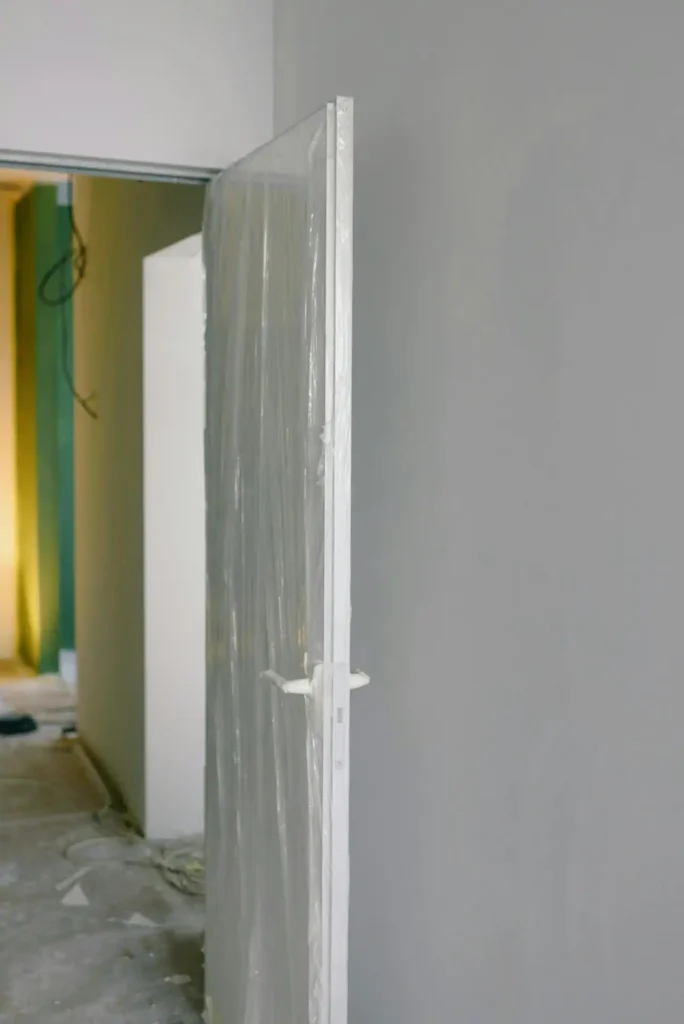
Faux marble surfaces transform ordinary items into elegant statement pieces that mimic expensive natural stone.
You can create this luxurious look using contact paper, spray paint, or even nail polish on picture frames, lamp bases, or small furniture pieces.
Start with clean, smooth surfaces and apply a base coat in light gray or white.
While the paint remains slightly tacky, use a feather or sea sponge to dab darker gray veining across the surface. Seal with clear topcoat for durability and authentic shine.
Faux wood grain effects work beautifully on plastic or metal items you want to appear handcrafted.
Use wood stain gel and a dry brush to create realistic grain patterns on lamp bases, picture frames, or decorative boxes.
Metallic finishes instantly elevate humble materials into sophisticated accents.
Spray paint transforms plastic containers, picture frames, and thrift store finds into expensive-looking brass, copper, or brushed gold accessories.
Create Gallery-Worthy Wall Art
Large-scale abstract art commands attention and adds sophisticated color to any room. Pour painting produces stunning abstract designs that look professionally created.
You can create museum-quality pieces using canvas boards, acrylic paints, and simple techniques that require no artistic training.
Mix acrylic paints with pouring medium, layer colors in a cup, then pour across your canvas for organic, flowing patterns that rival expensive contemporary art.
Textured wall hangings add dimensional interest that photographs beautifully and creates focal points in any room.
Use joint compound or modeling paste to build texture on canvas, then paint over dried textures for sophisticated relief effects.
Frame fabric or wallpaper samples in matching frames to create coordinated art series that look intentionally curated.
Choose high-end fabric remnants or designer wallpaper samples for luxury looks at fraction of custom art costs.
Upgrade Furniture with Professional Techniques
Furniture painting transforms dated pieces into custom designer looks using techniques that professional refinishers charge hundreds to perform.
Clean preparation and quality materials make the difference between amateur and professional results.
Chalk paint creates smooth, matte finishes that hide imperfections while providing excellent adhesion to most surfaces.
Distress edges lightly with sandpaper after painting for authentic vintage charm that looks naturally aged rather than artificially weathered.
Two-tone painting adds visual interest and can make inexpensive furniture appear custom-built. Hardware upgrades provide maximum impact for minimal investment.
Paint furniture bases in deep colors while keeping tops natural wood, or reverse the combination for different effects.
Replace basic knobs and pulls with brass, black iron, or crystal options that transform the entire piece’s personality and perceived value.
Design Custom Window Treatments
Professional-looking curtains cost a fraction of custom versions when you sew them yourself. No-sew options work perfectly for renters or non-sewers.
Choose quality fabrics from discount stores and follow simple techniques that create expensive tailored appearances.
Lined curtains hang better and block light more effectively than single-layer panels. Layer different treatments for designer complexity.
Use blackout lining for bedrooms or thermal lining for energy efficiency while maintaining the sophisticated drape of professional treatments.
Use fabric glue, iron-on hem tape, or clip rings to create custom window treatments from beautiful fabrics without permanent alterations.
Combine sheer panels with heavier drapes, or add valances over simple panels to create sophisticated window dressings that appear professionally designed.
Craft Elegant Lighting Solutions
Pendant light makeovers transform basic fixtures into designer statements using simple covering techniques.
Wrap cord with rope, cover shades with fabric, or add decorative elements that completely change the fixture’s appearance.
Lampshade recovering updates tired lamps with fresh fabric that coordinates perfectly with your décor.
Use spray adhesive and sharp scissors to achieve professional-looking results that rival expensive custom shades.
String light installations create ambient lighting that appears professionally planned.
Hide cords behind molding, weave lights through greenery, or create geometric patterns on walls for sophisticated accent lighting.
Candle arrangements in grouped hurricanes or lanterns provide elegant lighting that looks expensive but costs very little.
Vary heights and sizes for visual interest while maintaining color coordination.
Build Sophisticated Storage Solutions
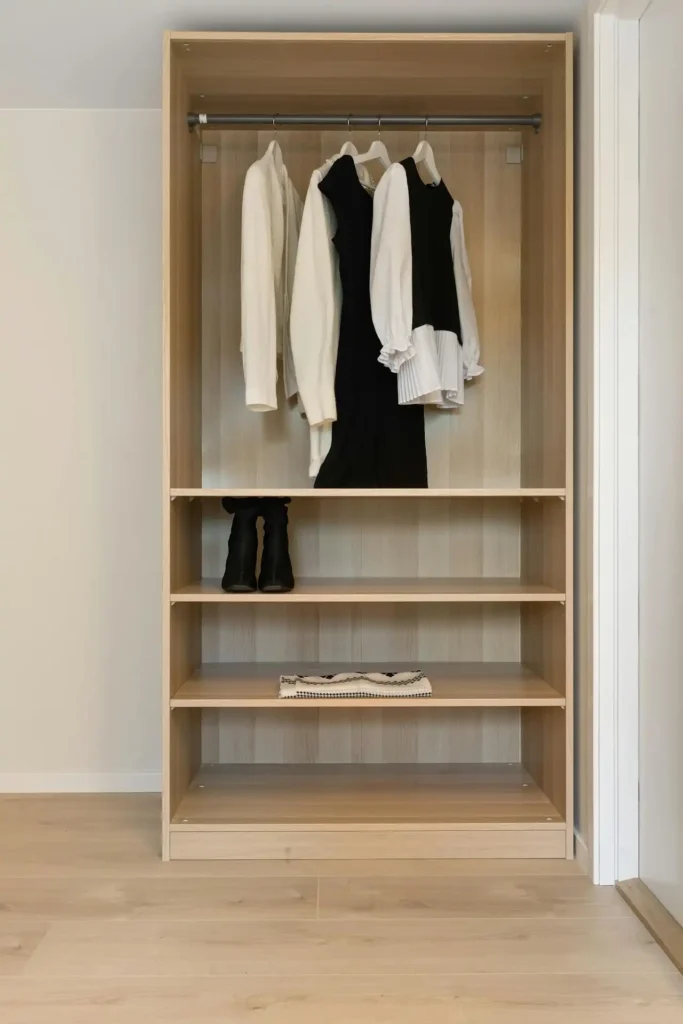
Floating shelves appear custom-built when properly installed and styled, providing both storage and display opportunities that enhance room design.
Choose wood that matches existing trim for seamless integration. Built-in appearances result from creative combinations of separate pieces.
Storage ottomans serve multiple functions while adding seating and style to any room. Recover existing ottomans with high-quality fabric and add button tufting for luxury upholstered looks.
Stack and secure bookcases, then add trim and paint to match walls for custom millwork looks at fraction of built-in costs.
Decorative boxes and baskets organize clutter while adding textural interest to shelves and surfaces.
Cover plain boxes with beautiful paper or fabric for custom storage that coordinates with your décor.
Transform Walls with Architectural Details
Wainscoting adds elegant architectural interest to any room using basic lumber and simple installation techniques.
This classic treatment makes rooms appear more expensive and formally designed. Pre-made molding profiles offer professional results without custom carpentry costs.
Crown molding installation requires patience but creates dramatic impact that suggests custom millwork throughout your home.
Board and batten treatments provide farmhouse elegance that works in both traditional and contemporary settings.
This technique uses simple materials to create sophisticated wall treatments that appear built-in.
Accent walls with geometric patterns create focal points using painter’s tape and creativity.
These designs add visual interest and can make rooms appear larger or more dramatically proportioned.
Design Luxurious Textiles and Soft Furnishings
Pillow covers in high-end fabrics refresh seating areas while protecting your investment in quality insert pillows.
Envelope closures require no zippers while providing professional-looking finished edges. Use coordinating fabric, rope, or decorative hardware for professional completion.
Throw blanket styling transforms ordinary blankets into decorative elements that add color and texture to rooms.
Learn proper folding and draping techniques that stylists use to create magazine-worthy arrangements.
Area rug layering creates designer looks using multiple smaller rugs instead of one large expensive piece.
This technique adds visual interest while allowing budget flexibility and easy seasonal changes.
Custom curtain tie-backs add finishing touches that elevate simple window treatments into sophisticated design elements.
Create High-End Bathroom Upgrades
Vanity makeovers transform builder-grade bathrooms into spa-like retreats using paint, new hardware, and countertop treatments.
These updates provide maximum visual impact without plumbing modifications.
Mirror framing adds architectural interest to plain bathroom mirrors while making them appear custom-installed.
Use decorative molding attached directly to walls around existing mirrors for instant upgrades.
Shower curtain combinations layer expensive-looking panels over functional liners for hotel-like luxury.
Choose quality fabrics and proper hanging techniques for sophisticated bathroom textiles.
Accessory coordination unifies bathroom elements through consistent finishes and materials.
Replace towel bars, toilet paper holders, and other hardware with matching pieces for cohesive, designed appearances.
Master Professional Styling Techniques
Vignette creation groups objects in visually pleasing arrangements that appear effortlessly curated.
Use odd numbers, varying heights, and complementary colors to achieve designer-level styling on any surface.
Layering artwork creates gallery walls that look professionally designed rather than randomly assembled.
Plan layouts on paper first, then use consistent spacing and coordinating frames for sophisticated results.
Color coordination throughout rooms creates cohesive designs that appear professionally planned.
Repeat accent colors in accessories, artwork, and textiles for unified looks that suggest designer involvement.
Scale relationships between furniture and accessories make rooms appear more expensive and thoughtfully designed.
Ensure accessories relate proportionally to furniture pieces and room sizes for professional balance.
Achieve Designer Details on a Budget
Trim additions to basic furniture create custom millwork appearances using simple molding applications.
Add crown molding to bookcases, base trim to plain cabinets, or decorative elements to flat surfaces.
Hardware consistency throughout rooms suggests professional design coordination. Paint quality makes dramatic differences in finished results.
Choose one finish and style for all visible hardware to create unified, intentional appearances.
Invest in premium paints and proper brushes for smooth, professional finishes that last longer and look more expensive than budget alternatives.
Finishing touches like decorative brackets, rosettes, or corner blocks add architectural details that suggest custom construction while costing very little to implement.
Room-Specific High-End DIY Projects
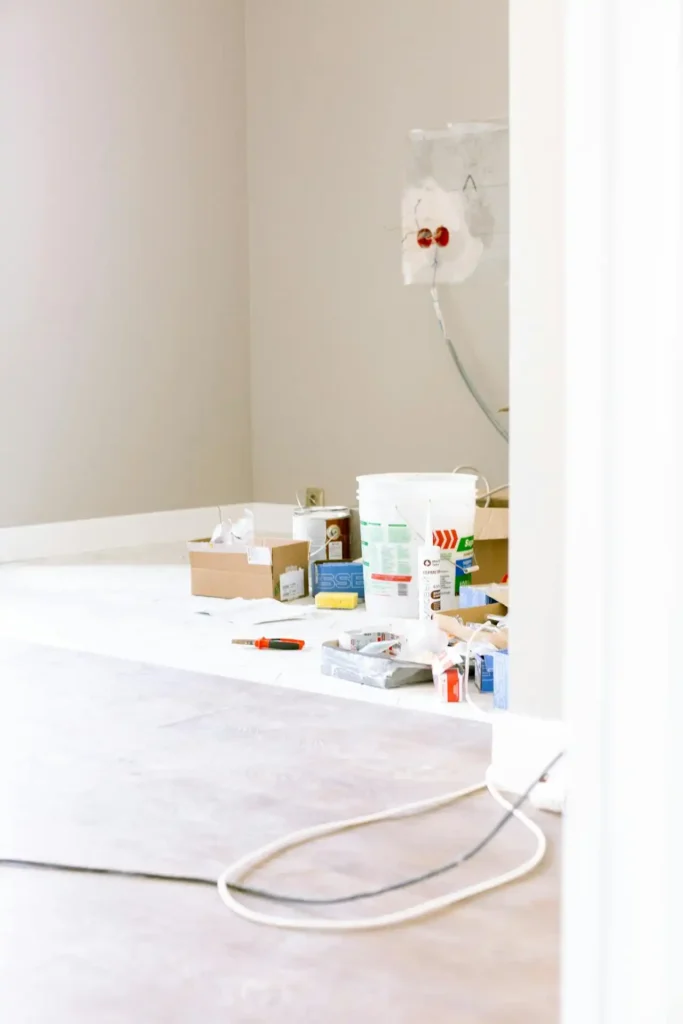
Living room focal points benefit from large-scale DIY projects like built-in entertainment centers created from basic shelving units and trim work.
These installations appear custom while costing fraction of professional built-ins. Paint existing cabinets and add new doors for completely updated appearances.
Bedroom luxury comes from upholstered headboards that you can create using plywood, batting, fabric, and basic tools.
This project provides custom sizing and fabric choices while saving hundreds over retail options.
Kitchen upgrades through cabinet door replacements or additions transform entire rooms without full renovations.
Dining room elegance results from wainscoting installations and chandelier updates that create formal atmosphere without architectural modifications.
These treatments suggest expensive renovations while remaining completely reversible.
Advanced Techniques for Experienced DIYers
Upholstery projects allow complete furniture customization while providing significant savings over professional services.
Start with simple pieces like ottoman tops before attempting complex furniture reupholstering.
Tile installations using peel-and-stick options provide updated surfaces without professional installation costs.
These materials now offer realistic appearances that rival traditional tile applications. Built-in storage solutions maximize space while adding custom architectural elements.
Combine pre-made components with basic carpentry for professional results without full custom construction costs.
Electrical updates like chandelier installations provide dramatic impact but require proper safety precautions and potentially professional consultation for complex projects.
Maintenance and Longevity Tips
Quality materials ensure DIY projects maintain their appearance over time rather than looking obviously handmade after minimal use.
Invest in good paints, fabrics, and hardware for professional durability. Proper preparation determines project success more than any other factor.
Clean surfaces thoroughly, use appropriate primers, and allow adequate drying time between coats for professional results.
Protective finishes preserve your work while maintaining intended appearances.
Use appropriate sealers, topcoats, and treatments to ensure projects withstand daily use while looking intentionally designed.
Regular maintenance keeps DIY projects looking fresh and professional rather than worn or obviously handmade.
Establish simple cleaning and touch-up routines that preserve your investment of time and materials.
Conclusion
These DIY techniques create designer looks that impress guests while protecting your budget and showcasing your personal creativity beautifully.

